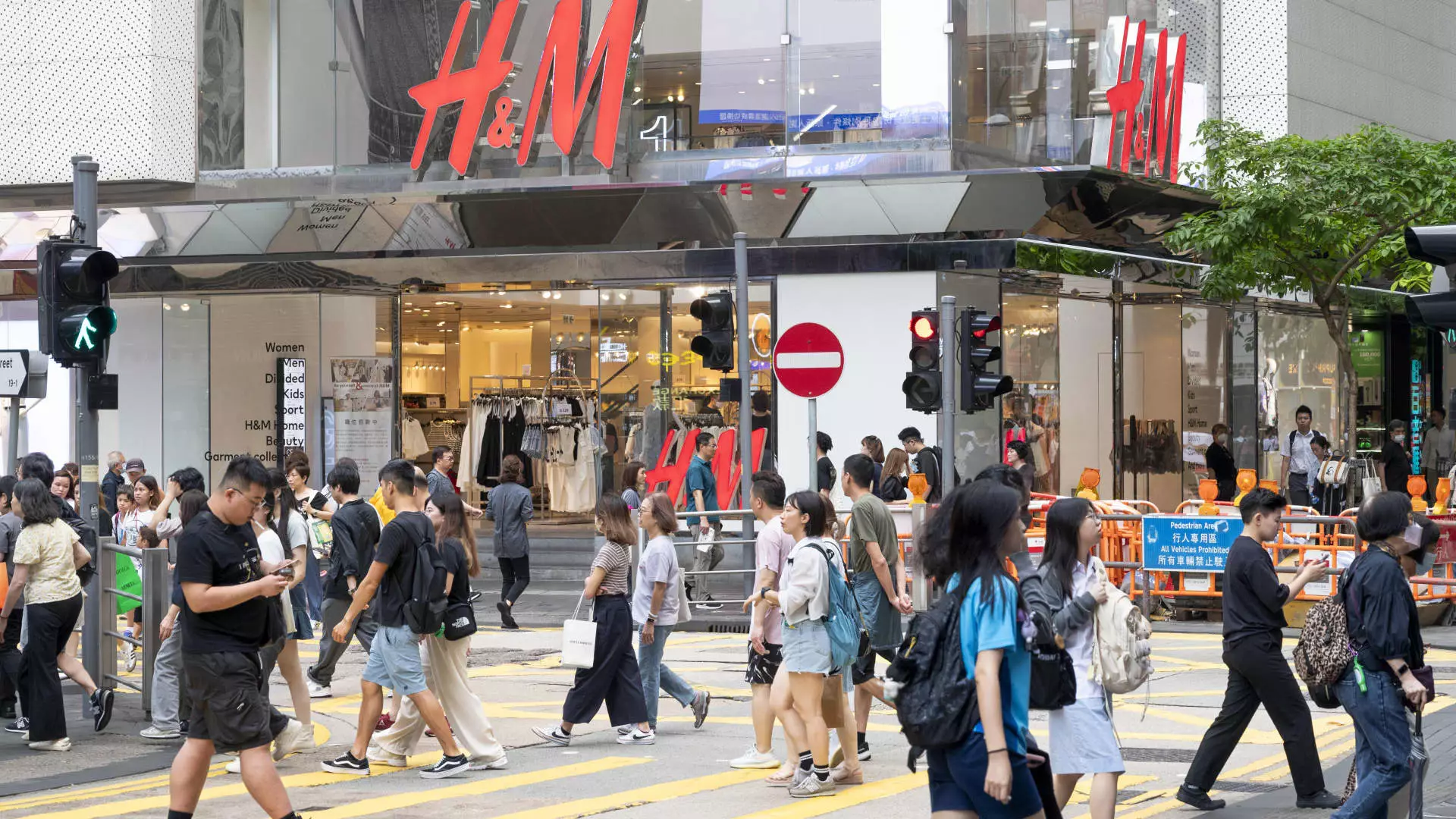H&M faced a sharp decline in its stock value, dropping more than 14% after reporting lower-than-expected profits for the second quarter. This negative performance caused concern among investors and led to a significant sell-off of shares in the company.
Profit Results
The operating profit for the period of March to May was 7.1 billion Swedish kroner, falling short of the 7.37 billion Swedish kroner forecasted by analysts. While this represented an improvement from the previous year’s figures, it was still below market expectations. The company’s disappointing performance raised questions about its ability to achieve its financial targets for the year.
H&M attributed the potential decline in sales for June to adverse weather conditions, forecasting a 6% drop in local currencies compared to the same period last year. CEO Daniel Ervér expressed doubts about the company’s margin target for the year, citing external factors such as rising purchasing costs and currency fluctuations that could impact profits negatively in the second half of the year. These challenges underscore the uncertainties facing H&M in the current market environment.
Investment Initiatives
Despite the setbacks, H&M continued to invest in enhancing its online and in-store experiences. The company outlined plans to upgrade stores in key European cities, following similar improvements in major global fashion capitals like New York, London, and Tokyo. These investments are aimed at strengthening H&M’s competitiveness and adapting to changing consumer preferences in the post-pandemic retail landscape.
H&M’s performance reflects broader challenges in the retail sector, as higher living costs and reduced consumer spending have impacted sales across both high street and luxury brands. Competitors like Inditex, the owner of Zara, also reported slower sales growth in the first quarter, indicating a broader trend of market volatility. Additionally, the rise of fast-fashion players like Shein, with its imminent public listing in London, poses a competitive threat to established European retailers like H&M.
H&M’s second-quarter results highlight the company’s vulnerability to market pressures and the need for strategic adjustments to navigate the evolving retail landscape effectively. Despite ongoing investments in its brand and customer experience, H&M faces challenges in meeting financial targets and sustaining growth amidst intensifying competition and economic uncertainties.

Leave a Reply